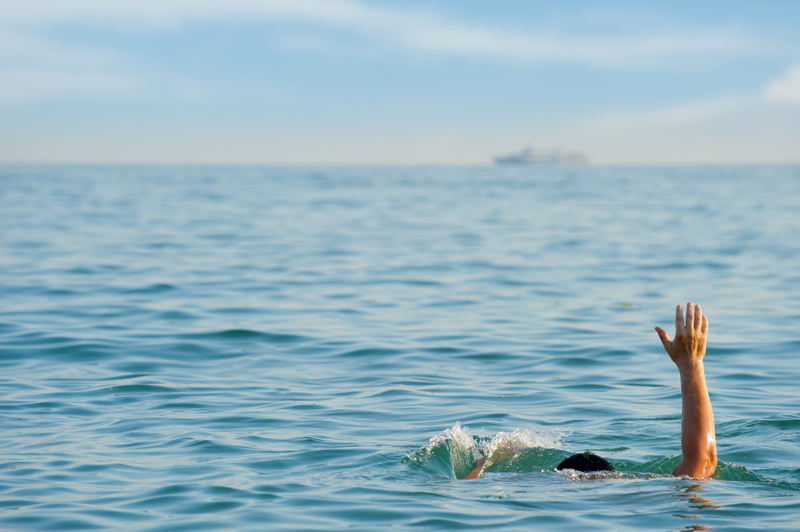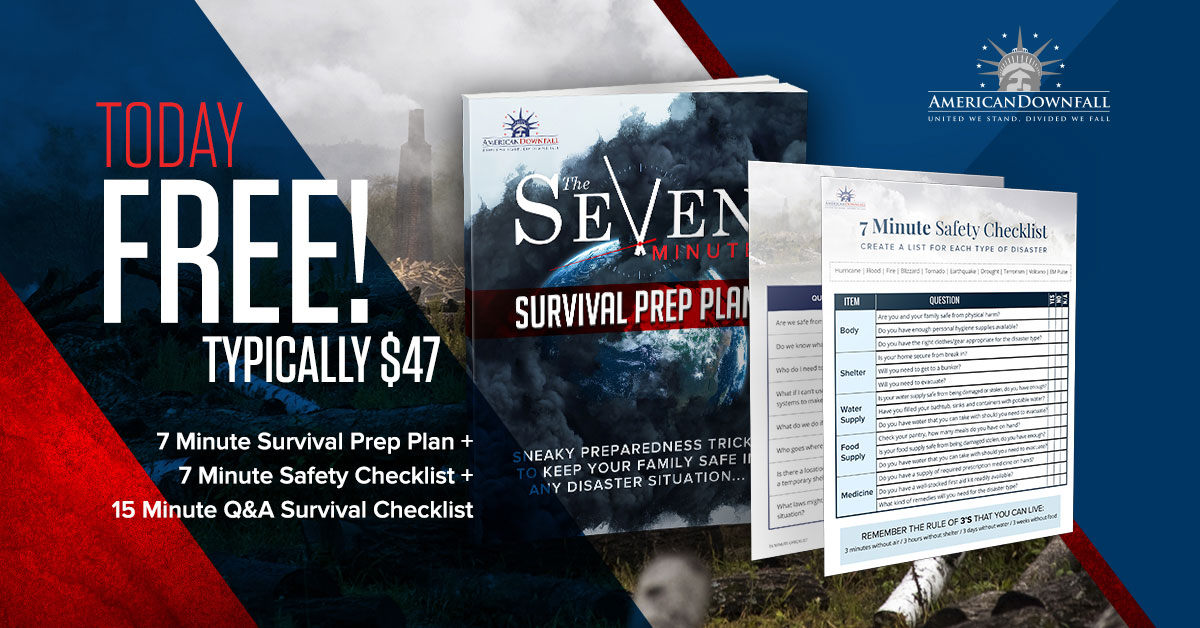While it is possible to drown in as little as 1 inch of water, most cases happen around larger bodies of water like lakes, rivers, swimming pools, and the ocean.
There are several methods you can employ to survive a drowning situation, especially when you are alone or too far out for help to arrive quickly.
Creating a Floating Device with Your Own Clothing
If you’ve fallen in with your clothes on, they can be helpful in making a rudimentary floatation device.
If your shirt is tucked into your pants, you can flow air into your shirt via the neck. Then you can and float on your back with the air bubble trapped over your belly or hold your neckline closed by pressing it into your chest, so the air bubble doesn’t seep out and floating more upright.
In a similar manner, take off your pants and shoes, keeping hold of your shoelaces. Tie off the legs of the pants then inflate the pants with air and hold the waistband together to keep the air in and create the float.
Prepare for any natural or man-made disaster…click here>>>
Use the Lanoue Drown-Proofing Method
According to Fred Lenoue of the Georgia Institute of Technology, everyone has some internal buoyancy they can take advantage of in an emergency; it just may not be enough to keep your entire head above water. Fortunately, for this method, you don’t have to keep your entire head above water 100% of the time. Instead, you only need to be able to raise it up enough to take a breath.
Here are some basic ways you can train yourself to be drown-proof so if the situation ever calls for it, you’ll be ready.
Upper Body Method
- Inhale air into your lungs.
- Let yourself float upright (vertically) so that the back of your head just breaks the surface of the water.
- With your elbows bent, allow your arms to rise slowly toward the surface until your hands are even with your shoulders.
- Exhale as you push your hands down and back in a steady motion until your mouth rises above the water and you can take a breath.
- Repeat the process every 10 to 15 seconds.
Related Article: 6 Ways to Stay Alive if You Capsize Your Boat
Upper and Lower Body Method
- Inhale air into your lungs.
- Let yourself float upright (vertically) so that the back of your head just breaks the surface of the water.
- With your elbows bent, allow your arms to rise slowly toward the surface until your hands are even with your shoulders.
- Exhale as you push your hands down and back in a steady motion while at the same time use a scissor kick to propel yourself up until your mouth rises above the water and you can take a breath.
- Repeat the process every 10 to 15 seconds.
When done correctly, this method uses less energy than standard treading water. If you are in a situation where you are trying to swim a distance, using the method as a way to “rest” may allow you to get to shore before full fatigue sets in.
Practice Makes Perfect
Obviously, the best way to ensure success with either the floatation or drown-proofing methods is to practice them in a safer, observed setting. Try it in your local community pool, or in your own backyard, with someone on hand to fish you out if things go south. Then you can go through the steps and learn what works best for you. If you are planning a water activity in the future, consider taking a water safety class where exact instruction will provide you with the best chance of success if anything goes wrong.



